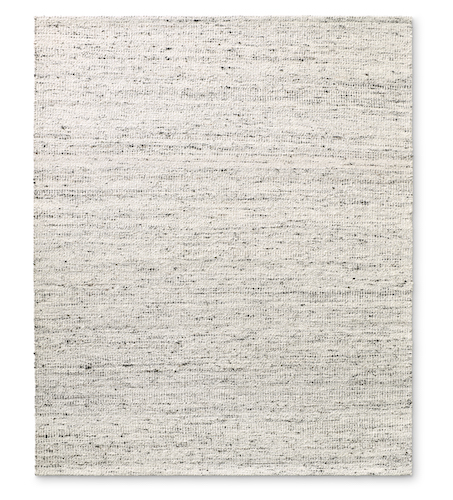
The art of mixing textures elevates interior design.
By Tanya A. Yacina
Mixing textures into a home’s interior space adds depth, visual interest and dimension while also creating a more dynamic and inviting environment. Layering different textures in a home can showcase an individual’s personal style though it also tends to touch on all the senses and enhances a home’s ambiance as well.
According to Ashley Clark, a Dover Shores resident who serves as principal designer at Skout in nearby Costa Mesa, layering is one of the best ways to incorporate several different textures into a space.
“I think every room needs textures. Layers make spaces feel cozy and more comfortable,” Clark explains. “They make rooms feel inviting and complete. Even a tiny, tiny powder bath needs layering, [which] could be wallpaper, art [or] an amazing light fixture that is fabric or rope.”
And when you think you have done enough, she says, add one more layer.
“We love doubling up on rugs, … like [starting with] a natural fiber rug base and then layer[ing] something softer on top. Pillows are also [a] great way to add texture,” Clark notes. Another unique idea is to layer artwork. “It does not have to be flat,” she adds. “It can have texture [or] weight and can be an object rather than something flat.”
According to Clark, layering in opposites is a good rule to follow as well. If you have white, add black; if you’ve incorporated a lot of soft fabrics and colors, mix in something harder. Or, if you have entirely modern decor, throw in something vintage.
“I love mixing new with old. Something old always brings texture. [It] could be chippy paint or worn leather or a tattered canvas, [but, whatever it is,] it just brings character,” Clark reveals. “I love the juxtaposition of something old and tattered next to something fresh and new.”
There are so many ways to add texture, Clark says, including using a moody paint or plaster rather than ordinary flat paint on the drywall. Wallpaper is a great way to incorporate texture while millwork can add yet another layer to the space. She also notes that you can add texture in the furnishings and accessories as well as along the walls and over windows using drapery.
“Start with what you have. Move things around and try your pillows in new areas. Add a throw to your sofa [or] try layering up some of your rugs. Bring out your art project from high school and mix it in with … newer things in your bookshelves,” Clark recommends. “Flip your books around to show the pages rather than the spines. Bring some of the outdoors in and stick a pretty branch in a vase on your kitchen counter—experiment.”
Textured Treasures
Enhance both the look and feel of your home with these timeless products.





serenaandlily.com)




